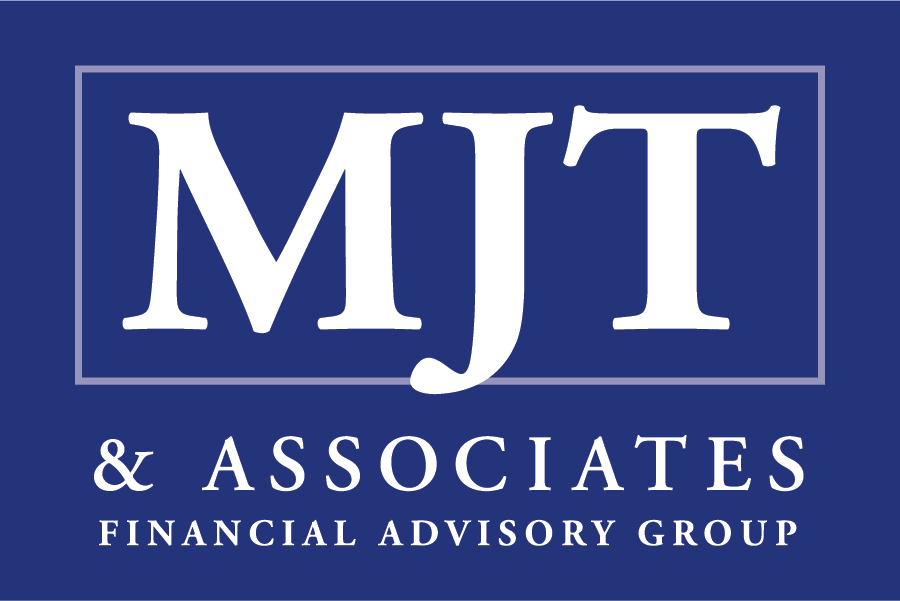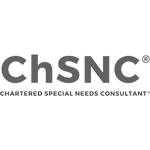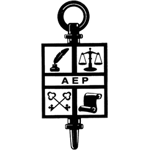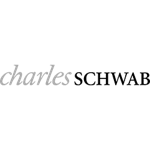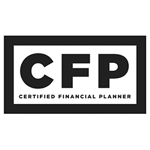Retirement isn’t what it used to be. Gone are the days of simply shutting the doors, handing over the keys, and walking into the sunset. Today, business owners are looking for smarter ways to transition out of their businesses—while maintaining financial security and ensuring their legacy thrives.
Enter phased retirement, a strategic approach to succession planning that allows business owners to step back gradually while keeping the business strong. Whether you’re planning to hand off leadership to family, sell to employees, or transition to an external buyer, phased retirement offers flexibility, financial advantages, and a smoother exit.
So, what does this approach look like, and why should you care? Let’s break it down.
Why Business Owners Are Delaying Retirement
Many business owners aren’t in a rush to retire. According to recent surveys, a growing number of entrepreneurs are choosing to work longer—some out of necessity, others because they simply love what they do. The reasons?
✔ Uncertainty about financial readiness – With volatile markets and rising costs, many business owners worry about whether they have enough savings to retire comfortably.
✔ Emotional attachment to their business – Letting go is hard when you’ve poured decades of your life into building something meaningful.
✔ Lack of a clear succession plan – Many owners don’t have a solid exit strategy, making retirement feel risky.
✔ Desire to stay involved in some capacity – Some business owners want to reduce their workload but still contribute their expertise.
This is where phased retirement comes in—a strategy that helps business owners transition at their own pace while keeping financial stability front and center.
What is Phased Retirement?
Phased retirement is exactly what it sounds like: instead of exiting your business abruptly, you step back gradually over a period of time. This approach gives you the ability to reduce responsibilities, mentor your successor, and ensure a smooth transition.
There are several ways to implement phased retirement:
- Reducing hours or workload – Stay involved in a consulting or advisory role while delegating day-to-day operations.
- Transferring ownership gradually – Sell ownership shares over time rather than all at once.
- Grooming a successor – Spend time training and mentoring the next leader to take over.
- Selling to employees through an ESOP (Employee Stock Ownership Plan) – Transition ownership to your employees while maintaining financial benefits.
Financial Considerations for Phased Retirement
A well-planned phased retirement isn’t just about stepping back—it’s about making smart financial moves to ensure long-term security. Here are the key factors to consider:
1. Business Valuation and Exit Strategy
One of the first steps in planning a phased retirement is understanding what your business is worth.
- Get a professional business valuation to determine its current market value.
- Decide whether you’ll sell the business outright, pass it on to family, or structure a buyout.
- Consider tax implications for each transition strategy.
2. Diversifying Personal Wealth
Many business owners have the majority of their wealth tied up in their company. A phased retirement strategy should include a plan to diversify personal assets to reduce risk.
- Shift some profits into retirement accounts, investment portfolios, or real estate.
- Use tax-advantaged retirement plans such as a Solo 401(k) or SEP IRA.
- Work with a financial advisor to rebalance your investment strategy for post-retirement income.
3. Structuring a Buyout Plan
If you plan to sell your business gradually, structuring a buyout plan is crucial.
- Consider an installment sale, allowing you to receive payments over time and reduce tax burdens.
- If selling to employees, explore ESOPs or management buyouts.
- For family transitions, ensure clear documentation and financial planning to prevent disputes.
4. Tax and Legal Implications
Retirement planning isn’t just about finances—it’s about minimizing tax liabilities and ensuring a seamless legal transition.
- Work with an attorney to update business agreements, estate plans, and succession documents.
- Explore tax-efficient ways to sell or transfer ownership to minimize capital gains taxes.
- Consider setting up a trust or estate plan if passing the business to heirs.
5. Maintaining Benefits and Cash Flow
Stepping back doesn’t mean cutting off all income streams. Business owners should ensure they have ongoing income and benefits to support their lifestyle.
- Set up a salary or consulting agreement post-transition.
- Consider keeping partial ownership for dividend income.
- Maintain healthcare and retirement benefits through business-related strategies.
Real-World Examples of Phased Retirement in Action
Case Study #1: The Family Business Transition
David owned a successful manufacturing company for 30 years. Instead of selling immediately, he spent five years mentoring his daughter, gradually transferring ownership while keeping a role as a board advisor. This allowed for a smooth transition while keeping the business in the family.
Case Study #2: The Employee Buyout
Sarah ran a mid-sized marketing agency. Instead of selling to a competitor, she implemented an ESOP, transferring ownership to employees while staying on as a consultant. This kept company culture intact while securing Sarah’s financial future.
Case Study #3: Selling in Stages
Mike, a tech entrepreneur, knew he didn’t want to retire abruptly. He sold 30% of his business to an investment partner, stayed involved for another five years, and then exited completely—allowing him to capitalize on the company’s growth while reducing personal risk.
Why Phased Retirement is the Smartest Move for Business Owners
Phased retirement isn’t just about taking it slow—it’s about ensuring financial security, protecting your business, and leaving a lasting legacy. The benefits are clear:
✔ Less financial risk than an abrupt sale.
✔ More time to train and prepare successors.
✔ Ongoing income and financial stability.
✔ Greater flexibility in timing your exit.
Final Thoughts: Planning for the Future Starts Today
The best time to start planning your phased retirement? Right now. Waiting too long can lead to rushed decisions, unnecessary stress, and missed financial opportunities.
Work with your financial advisor, business consultant, and legal team to craft a phased retirement plan that fits your unique situation. Whether you plan to transition in five years or fifteen, having a strategy in place will give you the freedom and confidence to exit on your own terms.
Retirement doesn’t have to be a cliff—it can be a ramp. The future of succession planning is here, and the smartest business owners are those who take control of their exit, one step at a time.
